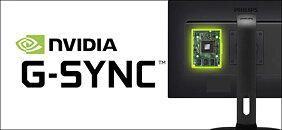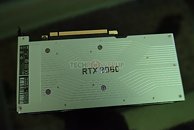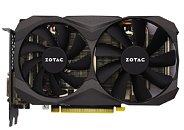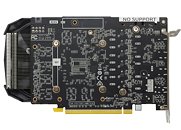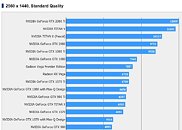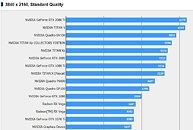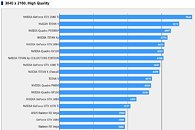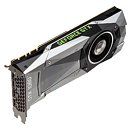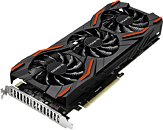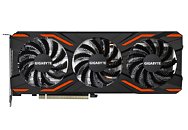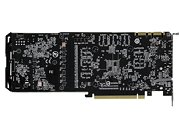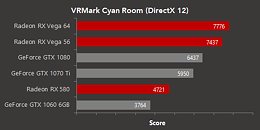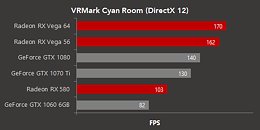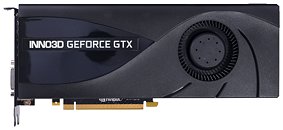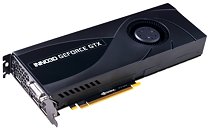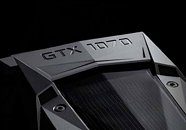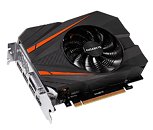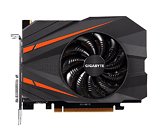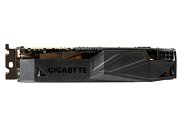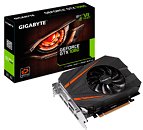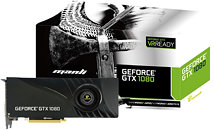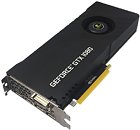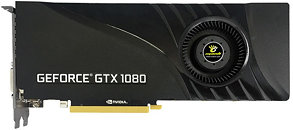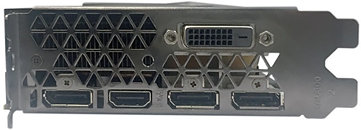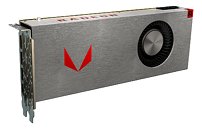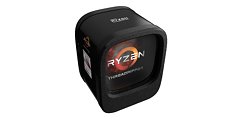Jingjia Micro JM9 GPU Series Targeting GTX 1080 Performance Tapes Out
The Chinese Electronics company Jingjia Micro have recently completed the tapeout of their JM9 GPU series almost 2 years after they first announced the lineup. The JM9 series will consist of two GPUs with the entry-level JM9231 targeting GTX 1050 performance while the higher-end JM9271 aims for the GTX 1080. The JM9231 is stated to feature a clock speed above 1.5 GHz, 8 GB of GDDR5 memory, and will provide 2 TFLOPS of performance within a 150 W TDP through a PCIe Gen3 x16 interface. The JM9271 increases the clock speed to above 1.8 GHz and is paired with 16 GB of HBM memory which should offer 8 TFLOPS of single-precision performance to rival the GTX 1080. The card manages to do this within a TDP package of 200 W and also includes PCIe Gen4 x16 support. The two cards both support HDMI 2.0 in addition to DisplayPort 1.3 for the JM9231 and DisplayPort 1.4 for the JM9271.
While the JM9271 may target GTX 1080 performance it only features OpenGL and OpenCL API support lacking DirectX or Vulkan compatibility greatly reducing its use for gaming. The cards were originally expected to be available in 2020 but after various delays they are now ready to enter production. These products are highly unlikely to make their way outside of the Chinese mainland and if they did we wouldn't expect them to have much impact on the global market.
While the JM9271 may target GTX 1080 performance it only features OpenGL and OpenCL API support lacking DirectX or Vulkan compatibility greatly reducing its use for gaming. The cards were originally expected to be available in 2020 but after various delays they are now ready to enter production. These products are highly unlikely to make their way outside of the Chinese mainland and if they did we wouldn't expect them to have much impact on the global market.



